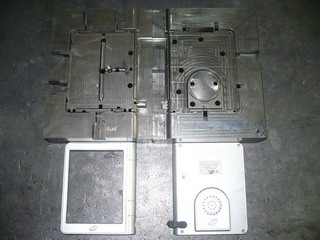
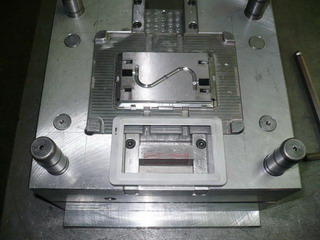
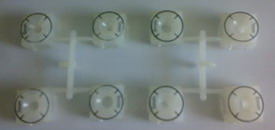
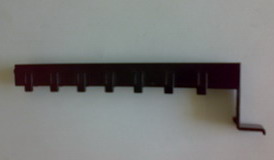


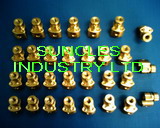
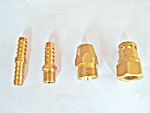
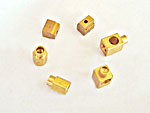
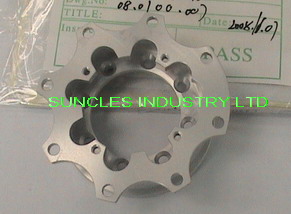










|
Polymer Type |
||||||||||||||||||||||||||||||||||||||||||||||
|
Thermoplastic |
||||||||||||||||||||||||||||||||||||||||||||||
|
Advantages |
||||||||||||||||||||||||||||||||||||||||||||||
|
Significantly improved stiffness, strength, hardness, HDT, dimensional stability and reduced creep compared with unmodified PP. Coupled fibres yield greater stiffness and strength compared to uncoupled. |
||||||||||||||||||||||||||||||||||||||||||||||
|
Disadvantages |
||||||||||||||||||||||||||||||||||||||||||||||
|
Relatively expensive and significantly reduced elongation at break compared with unmodified PP. |
||||||||||||||||||||||||||||||||||||||||||||||
|
Typical Properties |
||||||||||||||||||||||||||||||||||||||||||||||
|
||||||||||||||||||||||||||||||||||||||||||||||
|
Applications |
||||||||||||||||||||||||||||||||||||||||||||||
|
Fan blades. Head lamp housing. Belt covers. |
For more information, please feel free to contact us:)